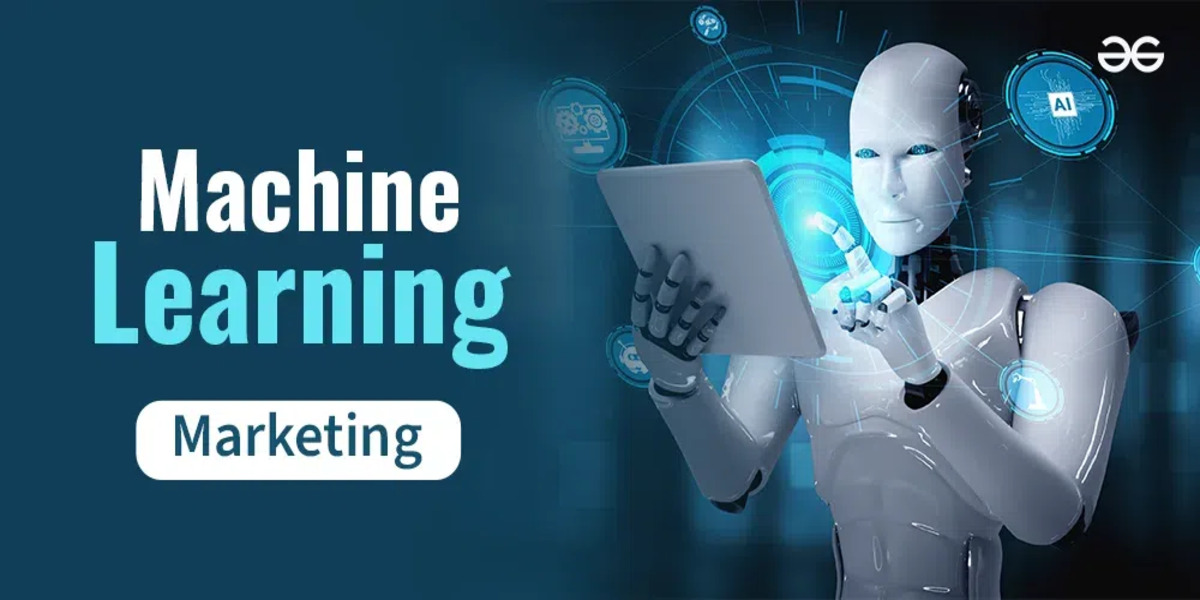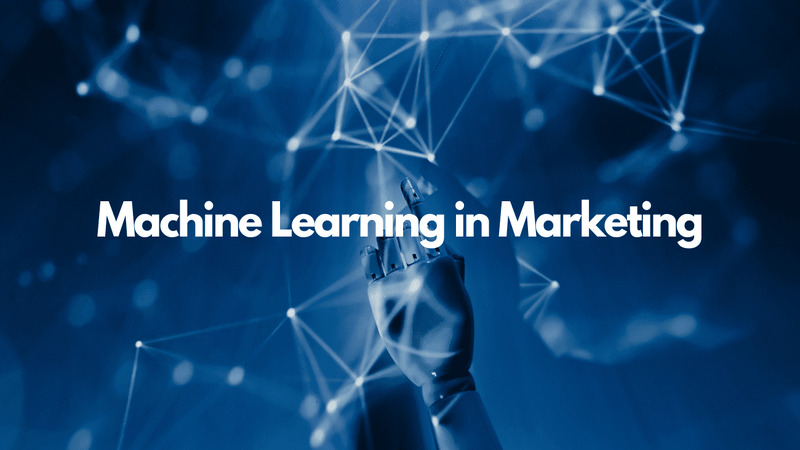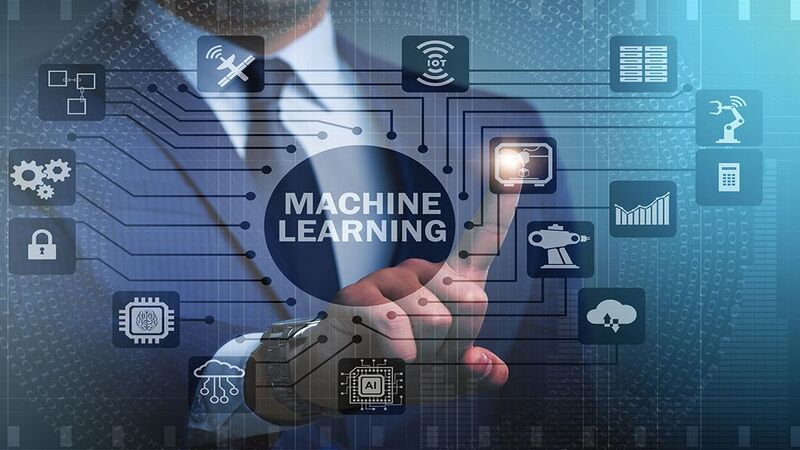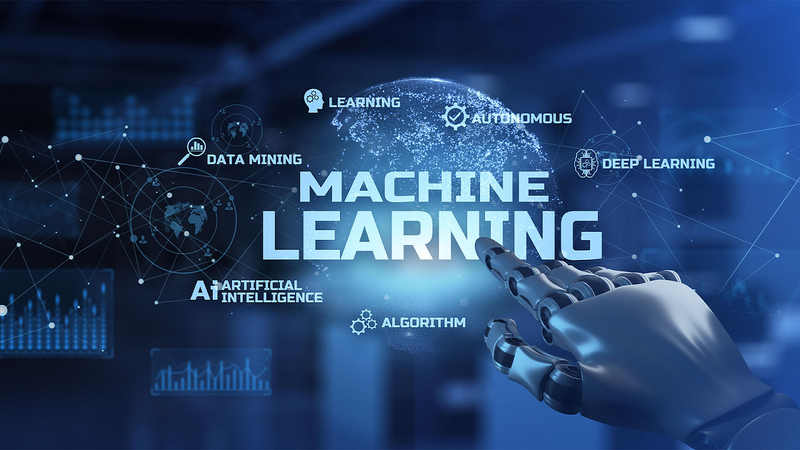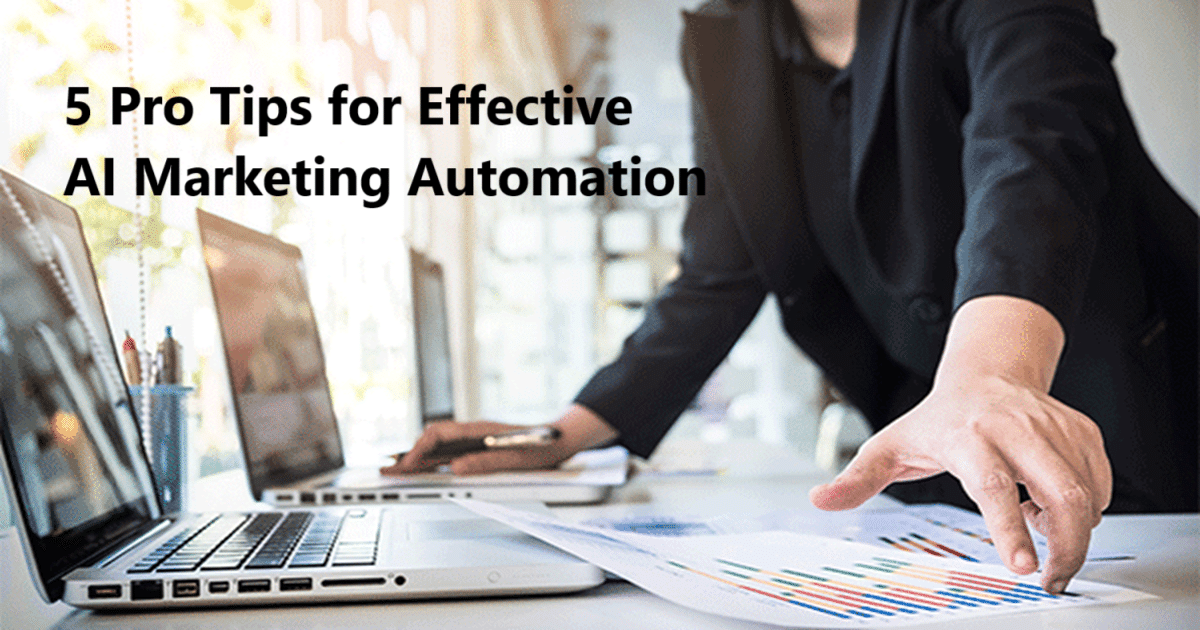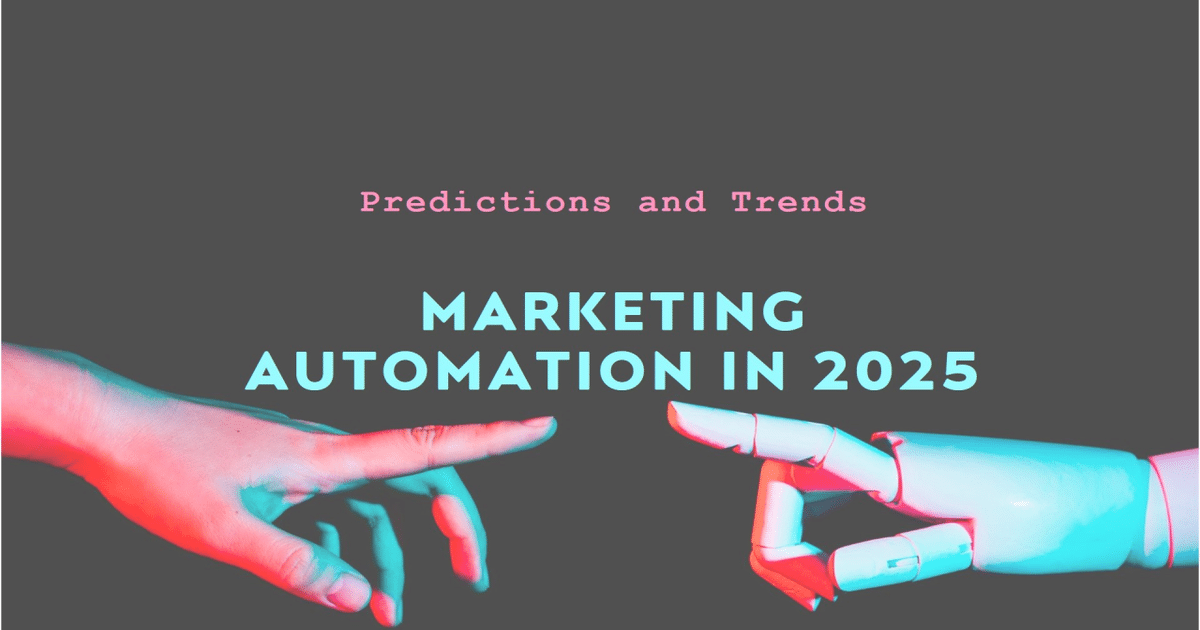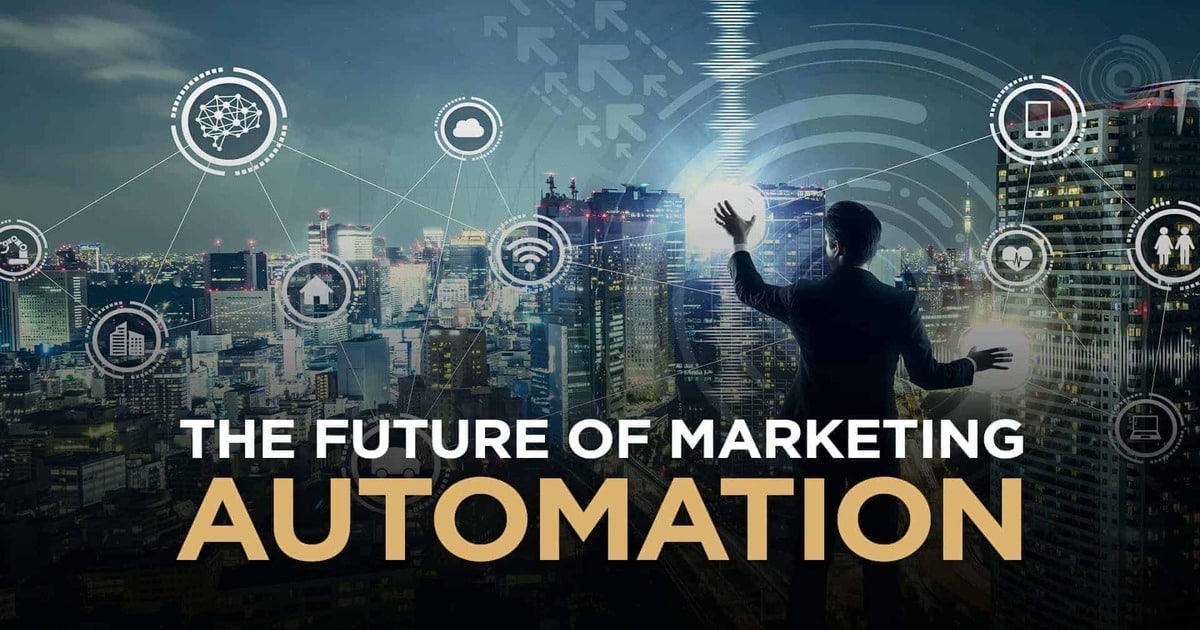Find out how machine learning in marketing is altering the way brands talk to customers. Discover what marketers will need to know in 2025, including genuine uses, benefits, and strategies.
The Future of Smarter Campaigns: Machine Learning in Marketing
Things are changing quickly in the world of marketing. Even if traditional methods are still useful, they aren’t enough to handle the needs of a world that is very linked and full of data. That’s where machine learning in marketing comes in. It gives brands a big advantage when they want to connect with customers in smarter ways, act more quickly, and get stronger.
In a time when there is a lot of digital noise, people’s attention spans are getting shorter and their demands are getting higher. Marketers increasingly use cutting-edge technology like machine learning (ML) to learn about customers, predict their actions, and give them highly personalised experiences that lead to sales.
This article talks about how machine learning is used in marketing, why it’s important now, and how you can use it well.
What Is Machine Learning in Marketing?
What it means and its main idea
Machine learning in marketing is using algorithms to look at big datasets and find patterns, learn from them, and make judgements or predictions without having to be coded for each activity. It is a part of artificial intelligence (AI) that gets smarter as it processes more information.
Instead of using static customer personas or campaigns that work for everyone, ML lets marketers change their strategy based on real-time data.
A Simple Comparison
Machine learning is like a marketing assistant that never sleeps. It tests different variables, keeps track of how users act, and changes strategy on the fly—all without asking for a break or a raise.
Why Machine Learning in Marketing Is More Important Than Ever: People Act in Complicated Ways
The way to buy is no longer straight. People switch between devices, look at their options, and expect to have relevant experiences at every touchpoint. Marketers may use ML to map out and understand these nonlinear trips.
There is too much data.
Every time you click, scroll, or search, you get useful information. This data is useless, though, without smart systems to process it. Machine learning looks through huge datasets to find useful signals.
Speed and Accuracy Are Very Important
Marketing teams need to be able to make quick decisions based on data that is correct. ML speeds up this process by giving marketers advice and forecasts that help them stay ahead of the game.
Machine learning is used in marketing for a number of important things.
Let’s look at how marketing teams in the real world are employing machine learning right now.
1. Dividing customers into groups
No more guessing about demographics. ML looks at people’s behaviour, preferences, and interactions to create very precise consumer groups. These small groups enable marketers send messages that are more relevant.
2. Analytics that can predict the future
ML can use past data to make predictions about how people will act in the future. For instance, it can guess which customers are most likely to leave, what product a consumer will buy next, or when they are most active.
3. Changing Prices
Retailers utilise machine learning algorithms to change prices in real time depending on demand, prices of competitors, and customer characteristics. Think about how hotels and airlines change their costs. The same kinds of algorithms are now employed in many fields.
4. Content and suggestions that are tailored to you
Machine learning makes personalised experiences possible, like Spotify playlists and Netflix suggestions. This might be dynamic emails, personalised landing sites, or product suggestions in marketing.
5. Virtual Assistants and Chatbots
Chatbots on e-commerce sites employ machine learning to figure out what people want, suggest products, and fix problems in real time. This makes customer service better without needing a human to help.
Machine learning in marketing has many benefits, including making things more efficient.
Machine learning cuts down on the time needed for manual data analysis and A/B testing. Instead, algorithms work all the time to make campaigns better based on what works in real time.
More return on investment
ML helps you attract more people to buy by sending the appropriate message to the right people at the right time. This cuts down on wasted ad spending.
A better experience for customers
Machine learning lets organisations give their customers material that is useful, timely, and relevant. This makes people happier, more loyal, and more likely to tell others about it.
Insights that can grow
Machine learning can grow with you, whether you have a small blog or a big brand. As your data gets bigger, the system’s ability to forecast and be accurate also gets better.
Examples of Machine Learning in Marketing in the Real World
Amazon’s recommendation engine
The product suggestion system on Amazon is one of the most well-known uses of ML in marketing. It looks at your prior purchases, views, and even how long you spent on pages to make personalised recommendations that boost sales.
Starbucks—Deals Just for You
Starbucks uses machine learning to look at purchase patterns and location data through its mobile app. What happened? Personalised offers and menu ideas that get customers more involved.
Coca-Cola: Making Content
To make sure its ads stay culturally relevant, Coca-Cola utilises machine learning to look at images and other content made by consumers to help with ad creativity and campaign strategy.
The New York Times – Keeping Subscribers
The newspaper employs machine learning to find behavioural signs that show when a reader might stop paying for a subscription. They use this information to plan their retention efforts ahead of time.
How to Use Machine Learning in Your Marketing Plan
Step 1: Bring it all together Your Information
ML systems need data that is clean and well-organised. If you can, put your CRM, website analytics, ad platforms, and email tools all in one place.
Step 2: Find the Most Important Use Cases
Don’t try to automate everything all at once. Set one or two specific goals to begin with, like making lead scoring better or personalising emails more.
Step 3: Pick the Right Tools
You don’t need a PhD in data science to work with ML. Marketers may easily use platforms like Salesforce Einstein, Adobe Sensei, or Google AI.
Step 4: Teach and Keep an Eye on
Machine learning isn’t magic; it needs to be trained properly. Give it correct information, keep an eye on how well it works, and make changes as needed.
Step 5: Add in what people know
ML is a great tool, but it can’t replace human ingenuity. Use its findings to improve strategic decisions, not replace them.
Common Mistakes and How to Avoid Them
- Putting all your faith in automation
When you automate too much without checking on it, you risk send messages that are too impersonal or even unsuitable. Always watch over and improve your ML systems.
- Not Paying Attention to Data Quality
Your outcome will be wrong if your supplied data is wrong. Check your datasets for quality and completeness on a regular basis.
- Ignoring Ethics and Privacy
Make sure that all machine learning models follow privacy laws like GDPR and CCPA. Be open about how you use data from customers.
What will happen with machine learning and marketing in the future?
In the future, models may be able to tell how customers feel by their voice, facial expressions, or text sentiment. This will help marketers get the tone and timing just right.
Personalisation in Real Time
Think of a website that changes shape right away based on who is viewing. That’s the next step in personalised UX, and it’s all because to ML.
Behavioural Modelling Across Platforms
Machine learning will bring together data from many platforms, such desktop, mobile, social media, and voice, to produce a single, clear picture of the client.
Last Thoughts on Using Machine Learning in Marketing
In 2025, machine learning in marketing isn’t simply a way to get ahead; it’s a must-have. Brands that don’t start using smart analytics will fall behind as the amount of client data keeps growing. But buying the most costly software or hiring an AI expert won’t help you succeed with machine learning. It’s about knowing what you want to do, giving the correct tools good data, and mixing automation with a human touch.
Machine learning in marketing changes not only how you talk to your audience, but also how they respond.
To stay updated on the latest AI developments and tool reviews, follow us on our social media channels:
- YouTube: https://youtube.com/@AItoolsbiz
- Twitter: https://x.com/AItoolsbiz
- LinkedIn: https://www.linkedin.com/in/aitoolsbiz

